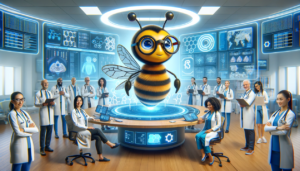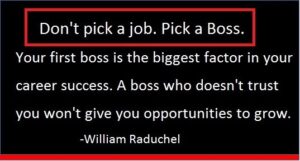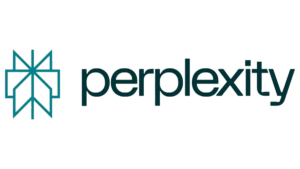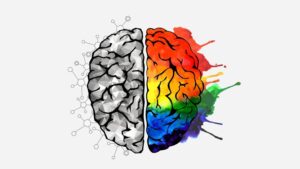
That’s not true. It’s a useful tool. Once the hype is drained away, as it was from the Internet after the dot-com crash, it will surely have its day.
But AI may be the worst acronym computing has yet developed.
It promises more than it can deliver. It’s seen as threatening to knowledge workers only because that’s how the bosses want to see it. I have X amount of creative work, and Y number of employees to do it. If I add AI, I can cut the staff.
But that’s not the way the world works. In the real world, there is no limit to the number of tasks there are to be done. That’s the approach managers take when they launch a business and become “entrepreneurs.”
An entrepreneur knows that business is business, no matter what form it takes. A restaurant, a law office, a news service, they’re all businesses. An entrepreneur gets other people to do the actual work. Their work is running the business.
A small businessman wants to run a restaurant. An entrepreneur wants to own a chain of restaurants.
This insight should inform how anyone approaches AI. We’re all entrepreneurs now.
Fill in the Gaps

AI fills in the gaps.
Take a writer. I’m trying to get ideas across to you. That’s my job. In the past, the only tool I had for this was my words. With AI, I can employ the tools of an artist, a computer programmer, and a videographer. A few years ago, I would have to hire all these people to get my ideas across – a publisher, an agent, an artist.
An artist can now describe a machine. An engineer can now create art. Anyone can create what looks like a convincing presentation, or quickly summarize some pool of knowledge, in a book or a set of books or an entire library. But the result will be sub-standard, compared with what a trained specialist can do, or what a specialist might deliver given the AI result as input.
The result is that we’re competing with literally everyone else in a vast marketplace of ideas, using AI. Human creativity is still essential. But it can come from any direction, take any form, and be transformed by AI into a coherent argument.
There are going to be a lot of specious arguments in the AI world. Our job as human workers will be to cut out AI’s bullshit and implement something that works.
Bossing the AI

Subject knowledge can help spot these flaws, whose nature will change as AIs improve. Sometimes the problem is bad input. Sometimes an AI will connect dots of knowledge that lack connection, like a kid running between two yards and ignoring the canal in between them. Grading, checking, and correcting the work of AIs will be a profession unto itself.
This profession is already emerging. It involves debunking AI misconceptions, checking under the hood, and in so doing improving AI software. This will be true for vertical AIs, horizontal AIs and corporate AIs, which can do serious damage if their faulty insights go into production.
AI output can also be checked with the help of other AIs. Embedding yourself in the AI world can help you find the mistakes and erase them, turning you into an AI expert even if you know little about the field.
But there is a cost to all this.
The Web is Obsolete

Instead of calling PR men and interviewing them, I could point readers to their press release and let them see what was written, while my story interpreted that for them. When I was climbing on top of some other reporter’s insight or story, I could link to it.
In other words, in the Internet era I could cite my sources. With AI it’s harder to seize a single source link, because it doesn’t exist. For instance. I just gave Perplexity the question, “what is the worker’s approach to AI?” Perplexity responded defensively, writing about worker protections, about fairness, value, and efficiency. None of its sources offered anything like what you’re reading right now.
I don’t think Perplexity management would like these answers, and I don’t think I would be hired at Perplexity if I gave them.
Creativity Remains the Coin of the Realm

AI is a tool for thinking. It’s not thinking. It doesn’t have a creative bone in its digital body. But it can comprehend mountains of data we don’t have time to sift through, perform coordination tasks beyond human comprehension, and deliver answers in whatever form the people we work with need to move forward.
AI can help run a factory. AI can help run a hospital. It can help diagnose a patient. But it still requires human creativity as input, and human work as output. Which means, just as was the case with the spreadsheet and word processor, AI isn’t going to destroy the workforce, just change what we’re doing. If you’re flexible, if you learn to use the tool, you’ll still come out on top.










